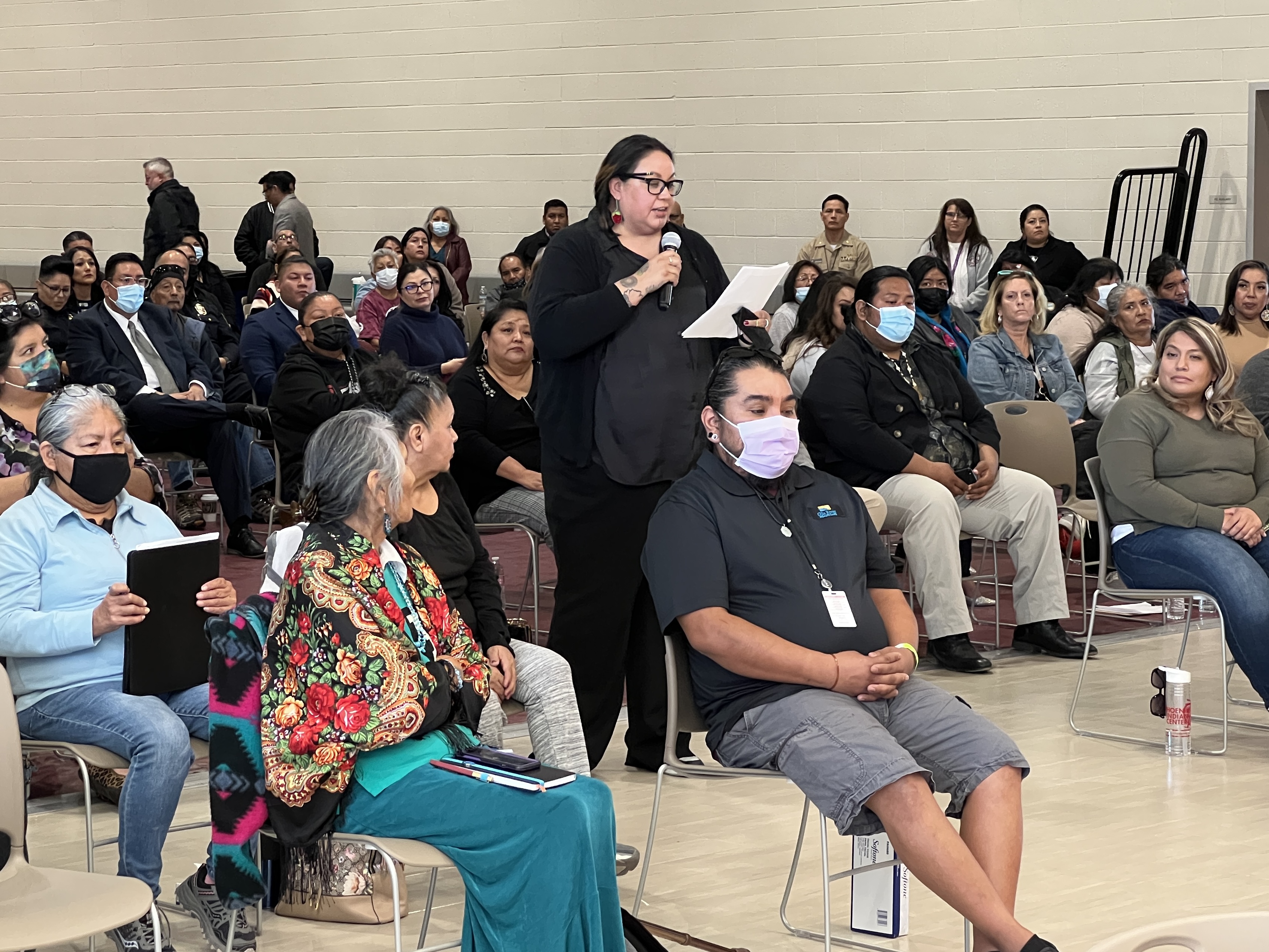MNR alum Ryan Hathaway works to ensure justice is at the center of environmental decision-making
February 21, 2023

By Lindsay Kuczera
Justice, no matter if it’s environmental, climate, economic, or social, requires the participation and collaboration of diverse groups. It also requires a bottom-up approach where those who have the funding to right the wrongs, such as the federal government, engage and listen to the concerns of affected communities. Ryan Hathaway, a 2014 graduate of the Master of Natural Resources (MNR) program, spends his days helping government agencies prioritize justice in their programmatic work. But before this, he found that connection between social and environmental science through the MNR.
The human dimensions of sustainability
Ryan was drawn to the MNR because of the professors. “I had a lot of really fantastic teachers who had different professional experiences and who could see the bigger picture.” With an interest in wildlife conservation, Ryan was able to apply social science and grounded theory to his work in addition to traditional scientific data. This was particularly important because as sustainability professionals, we have to solve difficult and complex problems alongside a variety of people. “Having professors that simultaneously exist in both the real world and the academic world really prepares you for the social and human dimensions of the work that I did, whether it was natural resource management, infrastructure development, or now with environmental justice,” Ryan added. In the environmental justice space, Ryan currently leads this work for the U.S. Department of the Interior (DOI).

What is environmental justice?
Environmental justice is the fair treatment and meaningful involvement of all people regardless of race, color, national origin, or income, with respect to the development, implementation, and enforcement of environmental laws, regulations, and policies. This goal will be achieved when everyone enjoys the same degree of protection from environmental and health hazards, as well as equal access to the decision-making processes that support a healthy environment in which to live, learn, and work.
At the headquarters level, Ryan encourages agencies within the department to thoughtfully engage communities where they are at and to avoid finding a one-size-fits-all solution to varying community concerns. Ryan is focused on the future, ensuring that our country’s democratic process for policy-making works for the people currently impacted at disproportionate rates. “As we improve science and data, we need to improve our ability to look into the future and be more thoughtful on our actions today. Those actions include addressing equity and climate issues, but also energy development and conservation,” Ryan added. He’s approaching this strategy by bringing together people from around the country who are doing this work at different capacities and with different perspectives.

The Justice40 initiative
Justice40 was born out of Executive Order 14008: Tackling the Climate Crisis at Home and Abroad. This order elevated environmental justice as a priority and established Justice40, which mandates 40 percent of the overall benefits of certain federal investments flow to disadvantaged communities that are marginalized, underserved, and overburdened by pollution. “It’s not just about where we are spending dollars and what we’re spending them on, but more importantly, what the outcome is for the community that needs the most help and the most support from these programs,” Ryan said.
This relates back to the social and human dimensions of our work, and policymaking in particular. This requires dynamic and strategic thinking. Ryan’s team was tasked with creating guidance on how Interior bureaus and offices should distribute funds, including defining what programs and investments are covered and how to calculate metrics and benefit methodologies. As the environmental justice coordinator, Ryan is involved with all 60 programs across every sector in Justice40 to address the purpose of the program, how it benefits underserved communities, and how we measure that. This starts to become a whole-of-government approach and a much larger collective body of knowledge to positively inform their policymaking going forward.
Giving back
Although Ryan graduated from the MNR in 2014, he’s still active in the program. Ryan serves on the MNR Alums Council alongside many other alums. The council comes together to discuss ways that alums can stay engaged and find the resources they need to succeed. “My hope is that when folks are looking for jobs or experience or help, that this is a community resource that they can turn to,” said Ryan.
Alums can find resources to stay connected via the LinkedIn groups on this page as well as through the career coaching and pathways section of the CLiGS site.
.jpeg)
Ryan Hathaway is a member of the MNR Alums Council and the District Coyote Project. With an educational background in wildlife conservation, natural resource management, and sustainable development, Ryan has held positions leading land use planning for the Bureau of Land Management as well as the major infrastructure and renewable energy program for the Department of the Interior. He currently serves as the Environmental Justice Coordinator for the Department of the Interior and sits on multiple committees and working groups.


